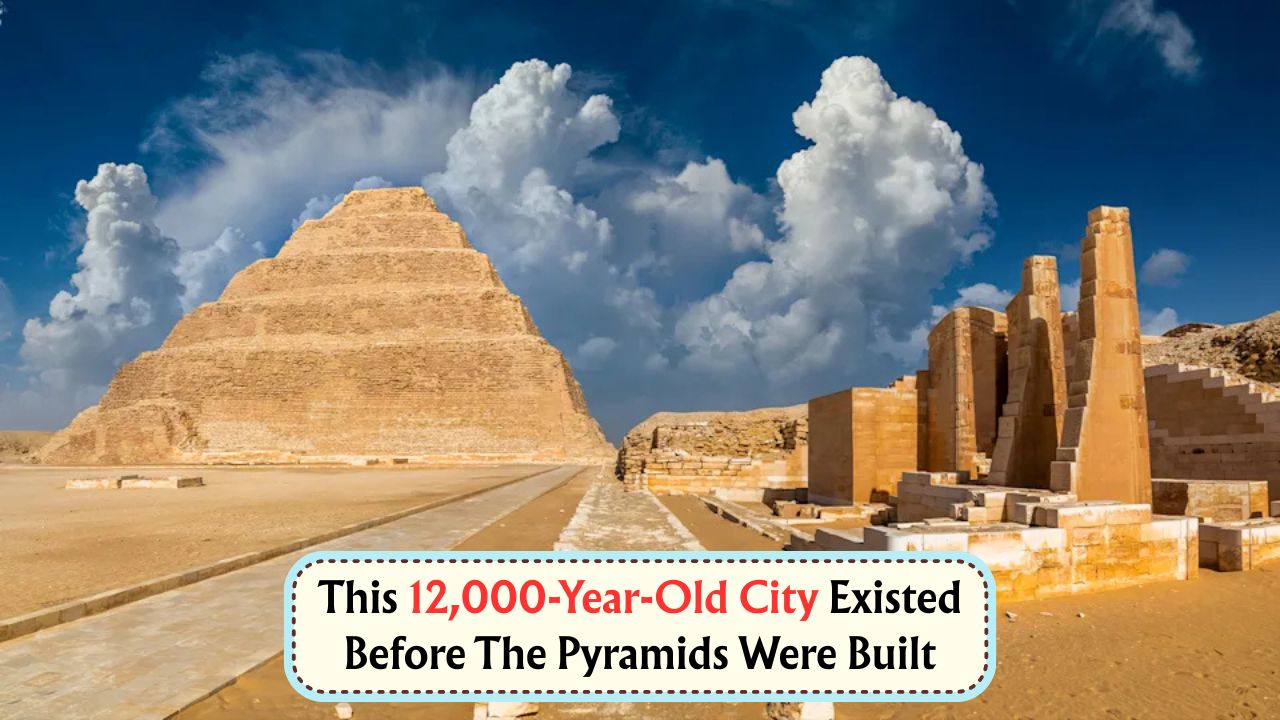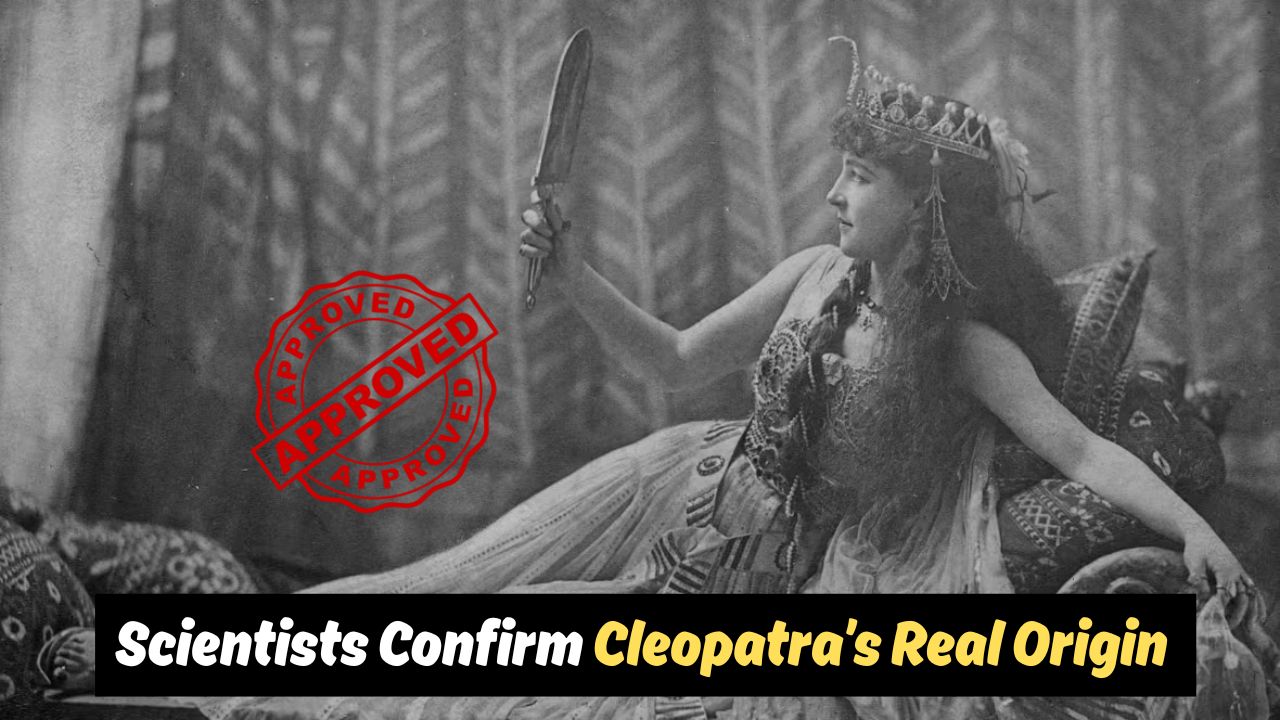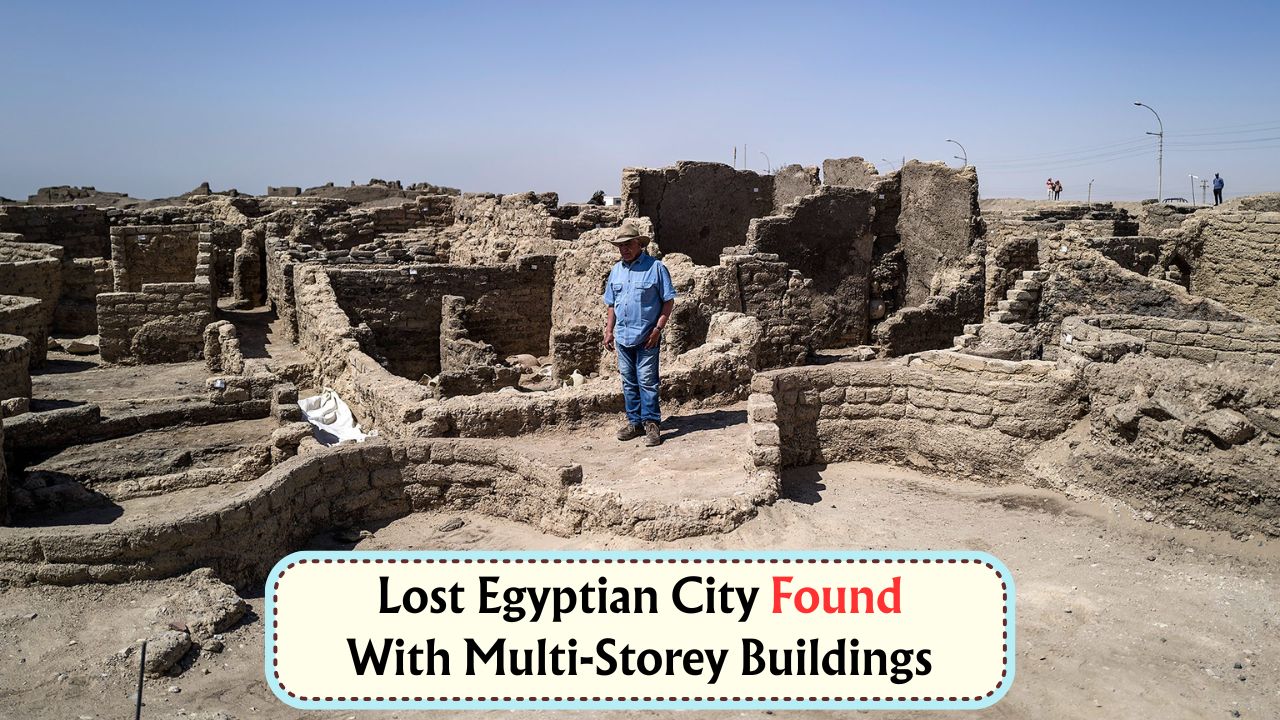12000-Year-Old City – The history of human civilization continues to astound archaeologists and historians with every new discovery. One such mind-bending revelation is the ancient city of Göbekli Tepe, located in present-day southeastern Turkey. Estimated to be over 12,000 years old, this mysterious site predates the Egyptian pyramids by more than 7,000 years and Stonehenge by around 6,000 years—yet no one knows who built it or how they achieved such architectural brilliance. Göbekli Tepe has shaken the foundations of our understanding of early human societies, proving that organized religious or ceremonial activity may have preceded agriculture, rather than the other way around. This challenges conventional theories of human development and opens up a world of questions about the mysterious builders behind this ancient marvel.
What Is Göbekli Tepe and Why Is It So Important?
Discovered in the 1960s and excavated more seriously in the 1990s, Göbekli Tepe is a massive archaeological site located atop a mountain ridge in the Anatolian region of Turkey. What makes it so unique is not just its age, but the advanced level of construction and symbolic art that was achieved during a period long believed to be primitive.
- Estimated to be built around 9600 BCE
- Contains massive T-shaped limestone pillars weighing up to 20 tons
- Circular and oval-shaped enclosures arranged with complex symbolism
- Elaborate carvings of animals, human-like figures, and geometric symbols
- No evidence of farming or permanent settlement nearby
Despite its scale, the people who built Göbekli Tepe had no metal tools, no domesticated animals for hauling, and no evidence of established agriculture. This raises one of the biggest questions in archaeology: how did hunter-gatherers organize and construct such a complex monument?
How Old Is Göbekli Tepe Compared to Other Ancient Structures?
To put things into perspective, here’s a comparison of Göbekli Tepe with other ancient sites:
| Ancient Site | Location | Estimated Date Built | Key Features |
|---|---|---|---|
| Göbekli Tepe | Turkey | 9600 BCE | T-shaped pillars, carvings, circular layout |
| Egyptian Pyramids | Egypt | 2600 BCE | Stone tombs, large-scale architecture |
| Stonehenge | England | 3000 BCE | Megalithic stone circle |
| Mohenjo-Daro | Pakistan | 2500 BCE | Urban planning, drainage systems |
| Sumerian Uruk | Iraq | 4000 BCE | Ziggurats, writing system |
| Jericho (Tell es-Sultan) | West Bank | 8000 BCE | Stone walls, one of oldest cities |
Göbekli Tepe is not only older but also more mysterious due to its ritualistic nature and lack of residential features.
Who Built Göbekli Tepe—And Why?
This is the million-dollar question. No written records exist from the time of its construction, and the creators remain unnamed. However, based on clues from the site:
- The builders were likely nomadic hunter-gatherers, not settled farmers.
- The site may have served a religious or ceremonial purpose, not as a living area.
- The carvings suggest a sophisticated form of symbolic thought and possibly spiritual beliefs.
- Some researchers believe it was a site for pilgrimage or ritual gatherings.
Göbekli Tepe’s builders may have believed in a form of early religion or worship—potentially uniting scattered groups in ritual construction and cooperation. This flips the script on the traditional theory that agriculture came first, leading to religion, cities, and civilization. Instead, Göbekli Tepe suggests the desire to worship may have driven humans to settle and farm.
Mysteries Still Surrounding Göbekli Tepe
Despite decades of research, many questions remain unanswered:
Who Were the Builders?
- No tools, burials, or homes have been found near the site.
- We don’t even know their language, belief system, or social structure.
How Was It Built Without Modern Tools?
- Pillars weighing 10–20 tons were moved and erected without wheels or animals.
- Some speculate on unknown technology or collaborative manpower far beyond what was assumed possible for that time.
Why Was It Buried?
- The entire site was deliberately buried around 8000 BCE.
- Some theories suggest it was hidden for spiritual reasons, protection, or abandonment.
What Have Recent Excavations Revealed?
Since German archaeologist Klaus Schmidt started major excavations in the 1990s, a wealth of findings have emerged, though only 5% of the site has been uncovered so far.
Recent Findings Include:
- Carvings of animals like lions, scorpions, snakes, and vultures
- Possible early forms of proto-writing or symbolic communication
- Tools made of flint, indicating pre-metal technology
- Human-like reliefs suggesting myth or ritual scenes
Recent excavations also suggest the existence of similar nearby sites, meaning Göbekli Tepe may not be an isolated case but part of a broader unknown culture.
Could Göbekli Tepe Be the “First Temple in the World”?
Many archaeologists and historians now refer to Göbekli Tepe as the “world’s first known temple”, suggesting that religion, not agriculture, may have been the cornerstone of early civilization.
Key Points Supporting This:
- Lack of daily life evidence (no homes, food storage)
- Centralized layout that implies ceremonial gathering
- Spiritual carvings and arrangements
- Social cooperation for monument-building
If this is true, it would redefine the origins of human society, suggesting early humans gathered first to worship, and then learned to farm to support their gatherings—flipping the traditional timeline on its head.
Why Göbekli Tepe Still Fascinates the World
Göbekli Tepe continues to captivate archaeologists, historians, and even conspiracy theorists. Its sheer age, scale, and mystery leave room for endless theories—from advanced lost civilizations to ancient aliens. While most of these remain speculative, what’s clear is that our ancestors were far more advanced than we once believed.
Fascination Factors:
- It changes our understanding of early human society
- It predates all known temples and monuments
- It remains largely unexplored—95% still buried
- It might contain answers to some of civilization’s oldest questions
Göbekli Tepe is a historical enigma. Built at a time when humans were supposedly still hunting with stone tools, it defies logic and reshapes our understanding of human advancement. Who were its builders? Why did they create it? What messages lie beneath the soil?







